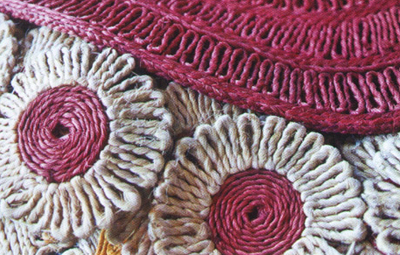
Constructed garments, Apparel, Domestic Arts/Crafts, Saris/Unstitched Garments, Textiles, Weaving, Spinning, Khadi
Cotton and Silk Weaving of Telangana
Gadwal, in the state of Telangana, is well-known for its handloom zari sarees. The longevity of the different colours used in the yarn makes Gadwal handlooms famous. The count used in the weaving technique determines the softness and stiffness of the cloth. Each thread used in a Gadwal saree is hand woven, which adds to its uniqueness.
Every saree requires 4-8 days of work by two weavers. The dyeing of silk or cotton thread is the first step in the process of producing a Gadwal Saree. Since drying in the shade, the wool is rolled over small sticks before being turned to thread. The thread is now loaded as warp into the loom to begin the weaving process. In terms of border pattern, Gadwal Sarees are typically woven using the interlocked-weft technique (Kuppadam or Tippadam) or Kotakomma (also known as Kumbam). As a result, these sarees are also known as Kotakomma or Kumbam sarees.
Gallery
YOUR VIEWS
PRACTITIONERS: INDIA
Access 70,000+ practitioners in 2500+ crafts across India.
BIBLIOGRAPHY
10,000+ listings on arts, crafts, design, heritage, culture etc.
GLOSSARY
Rich and often unfamiliar vocabulary of crafts and textiles.
SHOP at India InCH
Needs to be written.





